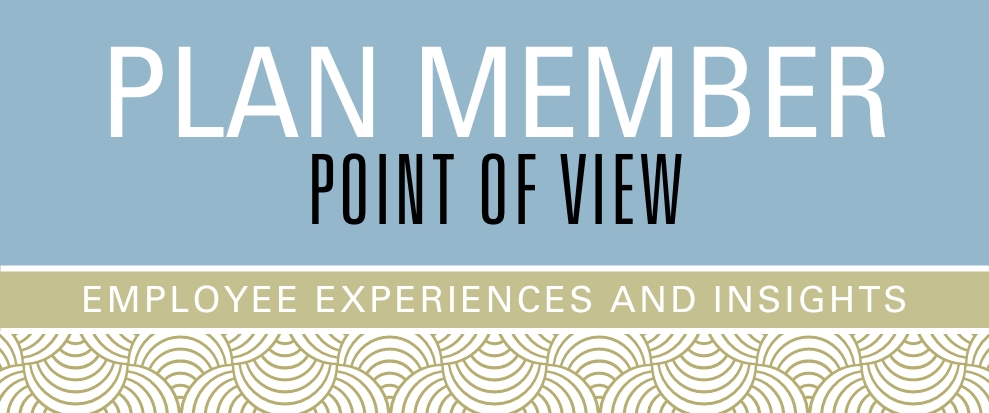

Émilie Bortolussi-Courval
Émilie Bortolussi-Courval lives with migraine, a neurological disorder with symptoms that may include headache, nausea, sensitivity to light, noise and smells, neck pain and difficulty concentrating. Affecting 12% of people worldwide, migraine is more prevalent than asthma (8%) or diabetes (7%)1 and is the leading cause of disability among adults under 50.2



“When an employee is comfortable sharing their condition, ask how you can best support them and minimize their triggers.”
— Émilie Bortolussi-Courval
When did you start experiencing migraine symptoms? | |
When I was six or seven, playing soccer on a hot day, I would run to my mom at the end of the game and say, “I can’t see out of my right eye.” We thought it was dehydration, but looking back I’d have a big headache afterwards. When I was about 16, in a span of around six months, I went from having a headache every now and then, to having headaches every day with a few migraine attacks, to having almost daily migraine attacks. | |
What impact has migraine had on your life and work? | |
In CEGEP, I think I was the only one with chronic pain of that severity, and whenever people discussed going to restaurants, clubs or parties with loud music, those were things I simply could not do. Just the smell of alcohol is a huge trigger for me. As a nurse, I worked in COVID testing and vaccine clinics – high volumes with bright lights and so much noise. I’d make the most of breaks – leaving, getting somewhere quiet, eating in my car – and then I’d just power through. With a shortage of nurses, I’m very happy to contribute. I’ve never missed a day of work. But the days I come in with migraine attacks, I’m not at my best. | |
What challenges have you faced with reimbursement? | |
I work closely with my neurologist to find treatments that reduce the number of attacks I experience to the lowest number possible. Then I work with my insurance company to figure out reimbursement. That can be a challenge because some policies, including mine, don't always cover the medication. | |
What tools do you use to take back some control over migraine? | |
I use a migraine tracking app to collect quantifiable and qualitative data that helps my neurologist identify future treatments. The interesting thing with migraine is you never stop learning, and an app can be really helpful to track triggers and the symptoms that precede the headache. | |
How can employers better support employees with migraine? | |
Make sure the workplace is free of stigma and the idea that migraine is all in your head. When an employee is comfortable sharing their condition, ask how you can best support them and minimize their triggers. That may include, for example, offering flexibility to work from home or alternating between screentime and non-screen tasks. Keep in mind that migraine is a very individualized condition, and every migraine patient is unique. | |
Sponsorship for this interview was provided by an Innovative Medicines Canada member biopharmaceutical company. The statements, opinions and viewpoints expressed are those of the interviewee and may not be representative of all patients, nor do they reflect the views of the sponsor. |
1 https://migrainecanada.org/posts/the-migraine-tree/branches/social-life/how-many-people-have-headaches/
2 https://www.ncbi.nlm.nih.gov/pmc/articles/PMC5821623/
